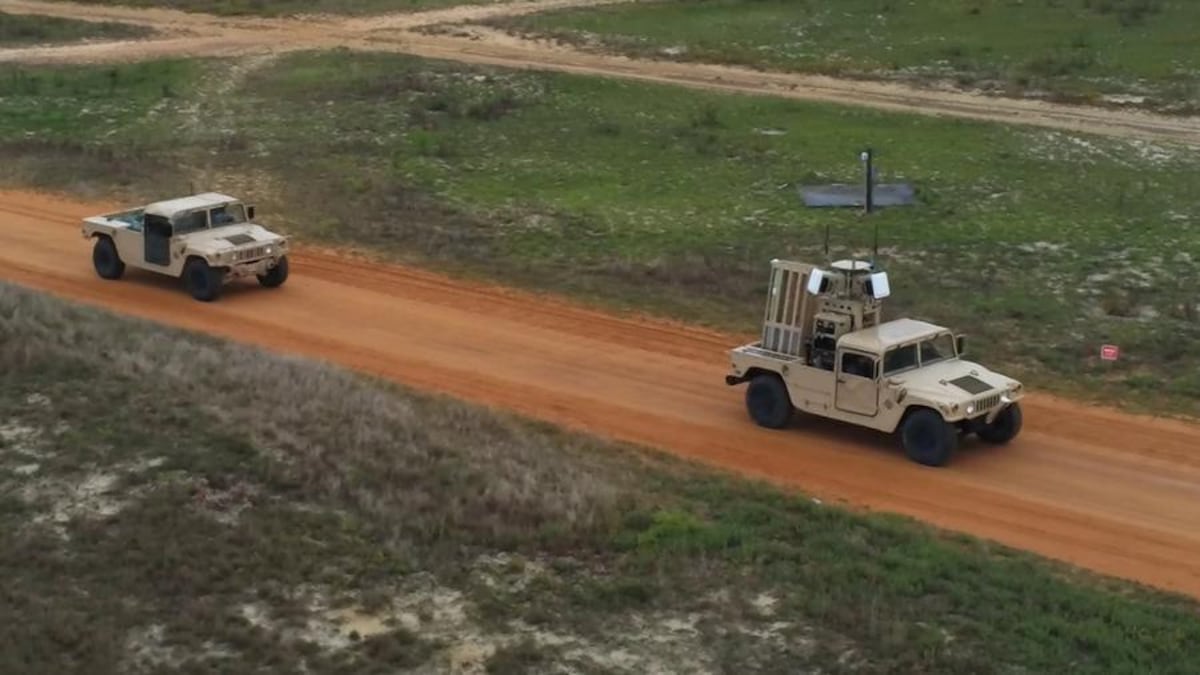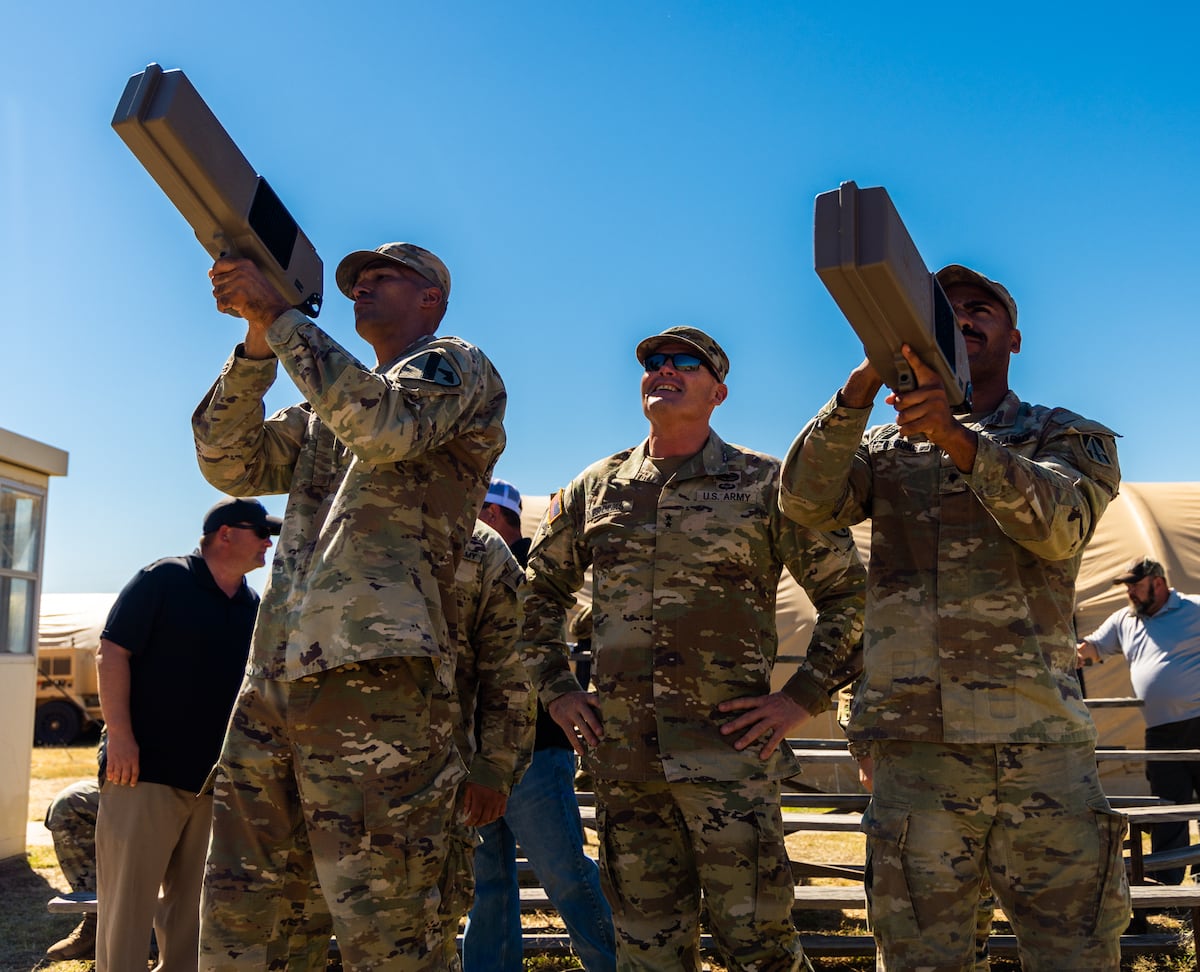- Joined
- Apr 18, 2013
- Messages
- 106,717
- Reaction score
- 97,012
- Location
- Barsoom
- Gender
- Male
- Political Leaning
- Independent
Drones are fast becoming 'much more lethal,' and this is only the beginning, US Army officer says
The US Army is paying close attention to drone warfare in Ukraine and the Middle East and is focusing on how to prepare for future fights.
5.14.25
As the US Army closely watches the wars in Ukraine and the Middle East, military planners are gathering critical intelligence about drones and how they're being used in combat. Among the lessons being learned are that drones are fast becoming much deadlier and that US soldiers need to be ready to defend themselves from the evolving threat, and what the world is seeing unfold in conflicts now might be just the beginning. The Ukraine war ushered in a new era of drone warfare that has been unprecedented in scope and scale. Uncrewed systems are used for reconnaissance and strike missions on the ground, in the air, and at sea, and both Kyiv and Moscow are constantly trying to innovate with their technology to stay one step ahead of the enemy. In the Red Sea, American warships have squared off against attack drones in a sustained first-of-its-kind fight. "The platforms are becoming much more capable, much more lethal." The defenses that work one day may not be as effective the next.
While US troops have not faced the kind of large-scale drone warfare seen in Ukraine, they have gotten a taste of the action. Since October 2023, Iran-backed groups have launched scores of drone attacks against American bases and assets in the Middle East. The US military has, for the most part, defeated these attacks, but there have been losses. When it comes to drone defense, Henke said, "one of the enduring lessons that we've seen in many cases is focusing on the command and control aspects of this and bringing in all of this into the single C2." He explained that the Army is very focused on its next-generation C2 initiative, "which would streamline some of the command and control software that we use" and "allow us to bring everything onto sort of a single pane of glass." Henke said that the Army is also focused on distributing counter-drone equipment at different levels. There's also an effort to proliferate capabilities down to individual soldiers, squads, and platoons, too. Last year, BI observed US soldiers training with the mobile Smart Shooter and Dronebuster devices, which use kinetic (physical strike) and non-kinetic (electronic warfare) methods to defeat small drones, respectively. The challenge, though, is that "it's not reasonable for me to figure out what I'm going to buy three years from now, knowing how quickly this technology is moving," Henke said, emphasizing the idea of "flexible funding" to ensure the Army can pivot to procure new capabilities as the drone threat evolves.
In Ukraine, both militaries have now embraced the First Person View (FPV) fiber-optic drones that are immune to EW jamming. A spool of fiber-optic cable on the drone connects it to its command and control. These drones have a mobile C&C and a 20+km strike radius.

For Replicator 2, Army wants AI-enabled counter-drone tech
The Army may request approval from Congress to reprogram fiscal 2025 funding for initial Replicator 2 systems.


